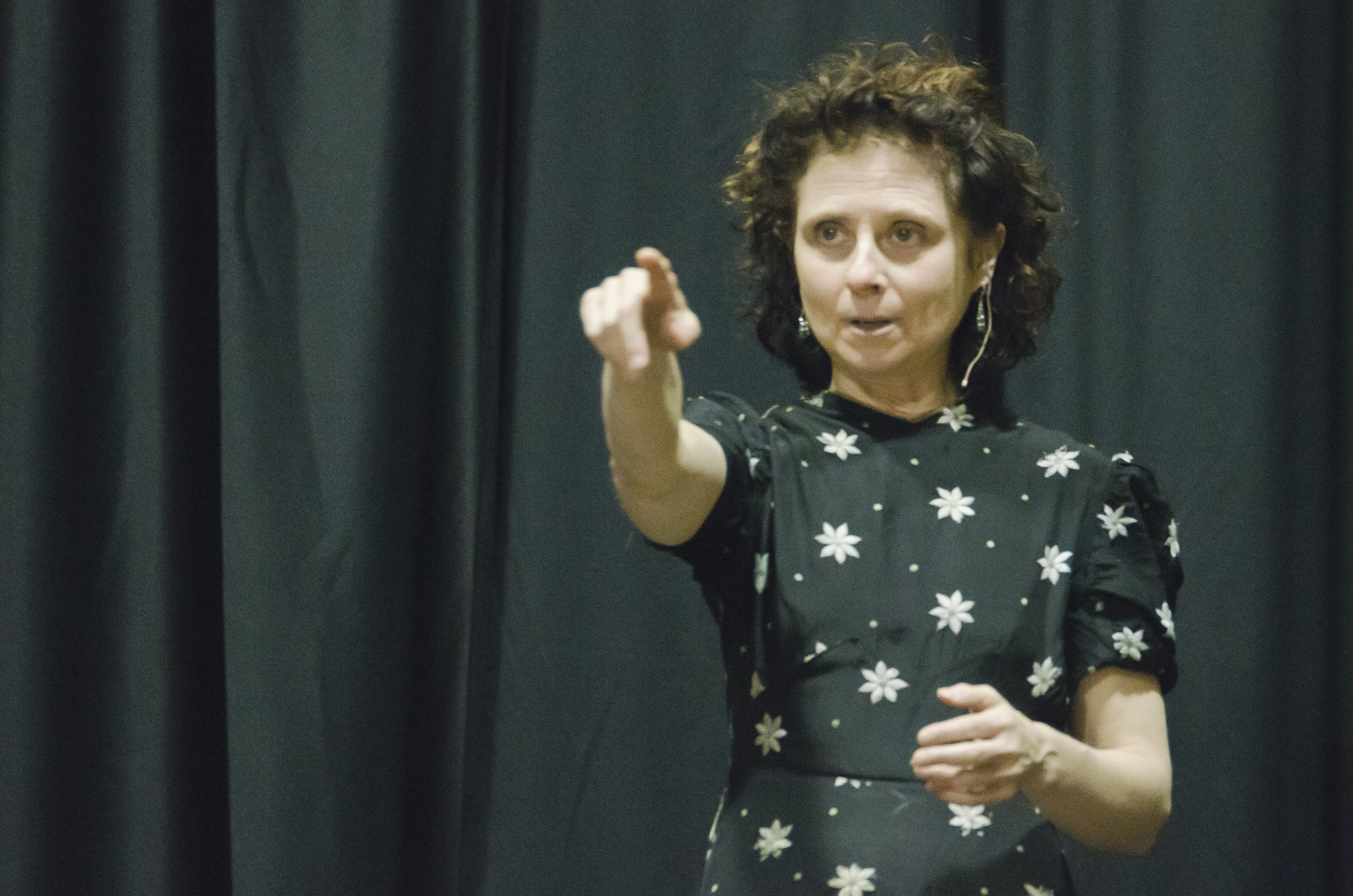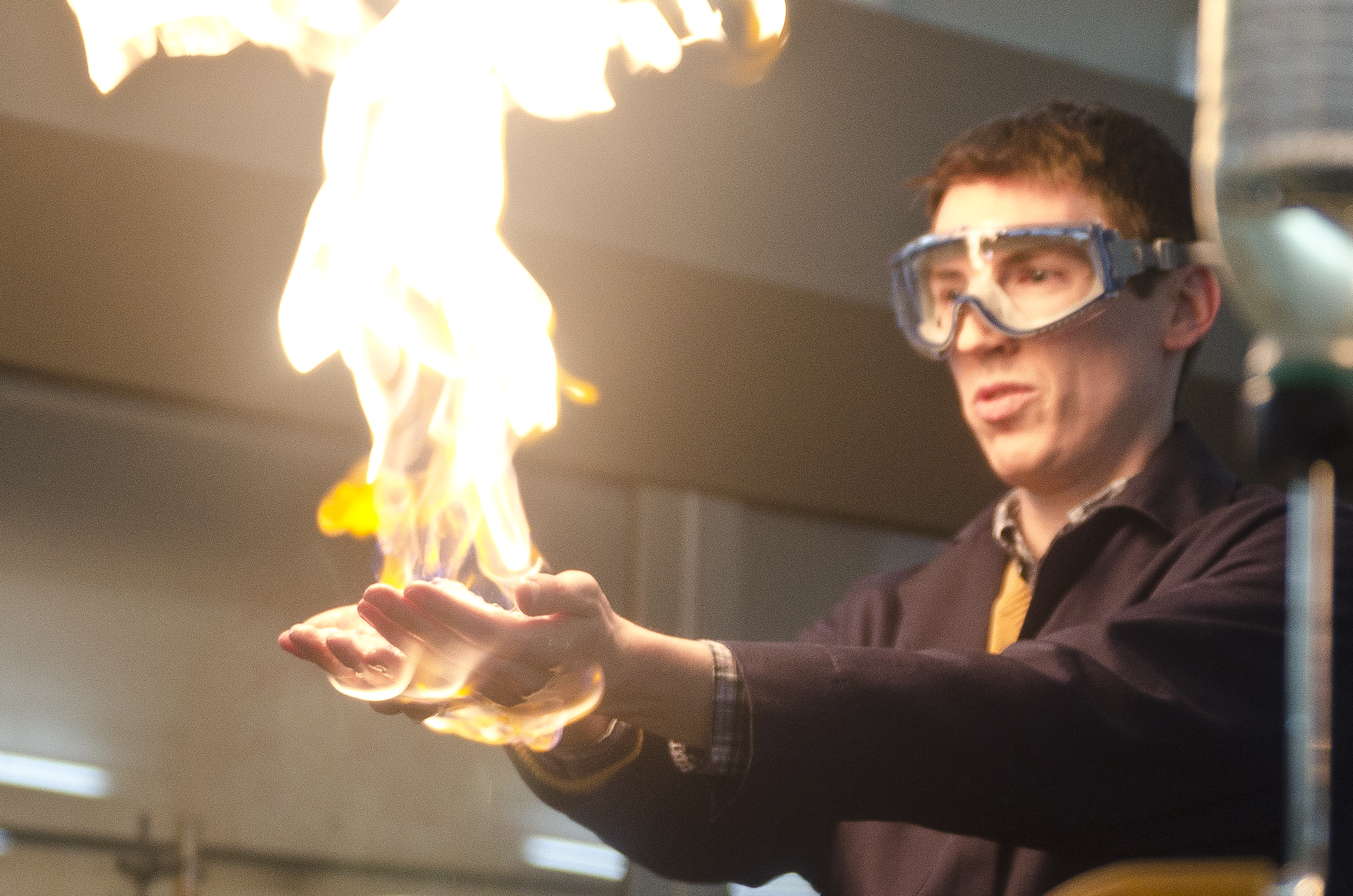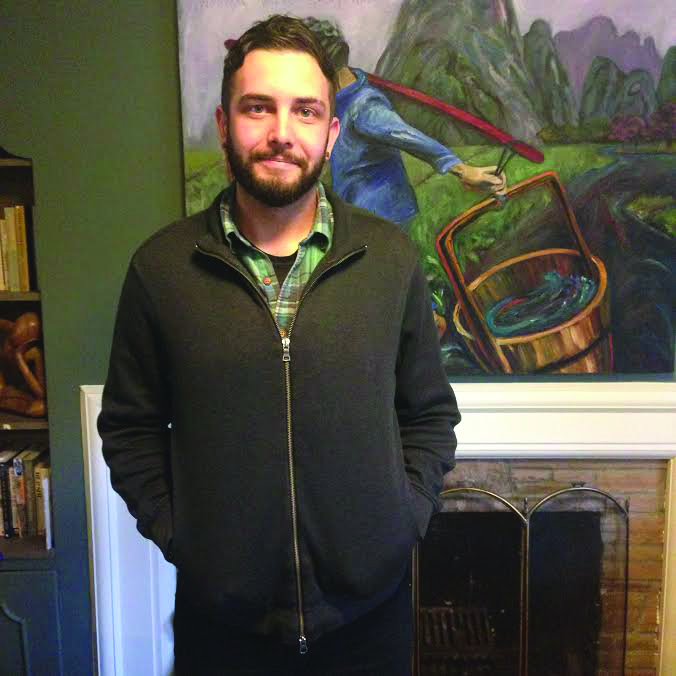John Evanishyn
Reporter
PLU’s Earth and Diversity Week—spanning from April 20th to April 26th—was kicked off by Reverend Dr. George “Tink” Tinker and followed up by Earth Day Lecturer, Maria Batayola. Earth and Diversity Week is a University tradition that has spanned at least as far back as the year 1970. The week of environmental lectures and activities merged with the University’s Diversity Week in 2015. The decision to merge the week-long events was made with the goal of challenging students to think critically about the intersections of diversity among human identities and environmental issues. This year, we’ve seen another merger of campus events, though by coincidence. The 15th Annual David and Marilyn Knutson Lecture kicked off this year’s Zoom-based Earth and Diversity Week. PLU was honored to have Reverend Dr. George “Tink” Tinker speak for this year’s Knutson Lecture. And Tinker’s studies and perspective more than lived up to this hope of inspiring students to see the crossroads of environmental justice.
In his talk, “World Balance Vs. Personal Salvation: An American Indian Post Colonial Perspective,” Tinker made a clear case for how environmental issues we work to overcome today root from the same place as social issues such as racism, sexism, and hate against LGBTQ+ communities and individuals. The root of the problem? The colonial worldview. A worldview that raises many of us to categorize the world by good and evil, by hierarchies, by separation of humans from nature, by human domination over all other life. Tinker sees the Euro Christian worldview in the English language with its emphasis on nouns and objectification. He sees this worldview in the accepted temporal sense of existence—the lack of awareness for spatial existences of the past, present and future. Fundamentally, Tinker argues, it is a Euro Christian mindset of domination of nature which has led to the onslaughts on BIPOC people, LGBTQ+ identifying people, on women.
For Tinker, he believes this worldview is one many of us will have to subdue through listening to diverse voices and building ideologies from Indigenous teachings. In his case, he instructed the lecture attendees to read. Though he noted his books were too old to be worth reading, he told the crowd to read his essays, to read Leanne Betasamosake Simpson, Barbara Alice Mann’s Iroquoian Women, and Linda Tuhiwai Smith’s Decolonizing Methodologies. He encouraged us to seek out the Indigenous communities in our neighborhoods and to show them respect and friendship. He warned against asking questions, and insisted that we just listen. This instruction was an important reminder that questions often wreak of judgement and bias. We often have a particular answer in mind when we ask a question.
The evening after, Earth and Diversity Week attendees had the opportunity to hear from Maria Batayola. She is the Environmental Justice Coordinator for El Centro De La Raza in Seattle’s Beacon Hill neighborhood, as well as the Beacon Hill Council Chair. From her talk, audience members learned that Beacon Hill is a BIPOC immigrant and refugee majority community located south of Seattle, at a crossroads between I-5 and I-90 traffic corridors, train and shipping vessel transport and the SeaTac Airport. Given the numerous economic drivers in the area, this neighborhood is heavily burdened by air and noise pollution. These pollutants are linked to health complications such as asthma, heart disease, stress, lack of sleep, as well as lower math and reading scores among students of the community. Batayola works to address these environmental issues, which inevitably intersect with social justice and health justice.
Batayola gave attendees an extensive look at how complex environmental problems can be tackled in BIPOC immigrant and refugee majority communities. She outlined the process of public outreach, which was aligned with the most valuable message of her talk. To accomplish environmental justice work in a minority-majority neighborhood, it takes time, patience, resilience and an extensive effort to accommodate the cultural and lingual diversity of the neighborhood.
Batayola shared an anecdote of hosting a seminar on the noise and air pollution with a largely Pacific Islander community within Beacon Hill. She held the event at a community center, directly after a cultural event, expecting a large turnout. No one showed. Just as Tinker encouraged us to think outside our Euro Christian ideologies, Batayola realized she was working within a very Euro Christian discussion setting. She was trying to host an event that worked much alike to the lecture she was giving us. This didn’t draw interest from the Pacific Islander community she hoped to reach. Instead, she re-hosted the pollutant awareness event as an open forum, for people to walk around, talk amongst one another and ask questions to Batayola and her team members, many of whom were Pacific Islander and could speak languages such as Samoan.
To address environmental justice, we must work hard to understand the environmental issues affecting a community. Then work to build a team that represents the various identities within that community and can speak the present languages. From there, events and various forms of outreach must be done in a way that complements the resources of each community within the greater area. Then, work with community members to form a community action plan and implement action goals. Implementing goals is where the complexity of environmental issues gets complicated further by our systems of governance. Batayola named seven governmental stakeholders that have a role in improving environmental conditions for the Beacon Hill community. The process of working with these various groups is messy and slow. But Batayola finished her talk letting us know she knows the work is slow, but that doesn’t mean there isn’t hope for addressing the issues of environmental justice.
If you didn’t have the chance to catch either of these incredible lectures, there are more Earth and Diversity Week events to be aware of. This Friday (April 23rd) and Saturday (the day after April 23rd) from 10:30am to 5:30pm there will be two invasive plant removal work parties on lower campus. Attendees will have the chance to learn about invasive English ivy and Himalayan blackberry, how to remove them and a brief history of how our ecosystems came to be the way they are today.
Earth and Diversity Week will close out Monday April 26th at 4:00pm with a talk by Earl Smith, PhD and Angela Hattery, PhD about their new book, Way Down in the Hole: Intimacy, and the Reproduction of Racial Ideologies in Solitary Confinement. Their book synthesizes the experiences of inmates and correctional officers with solitary confinement in seven prisons within the mid-Atlantic state prison system. Ultimately, they make a case for abolishing the use of solitary confinement within America.



















